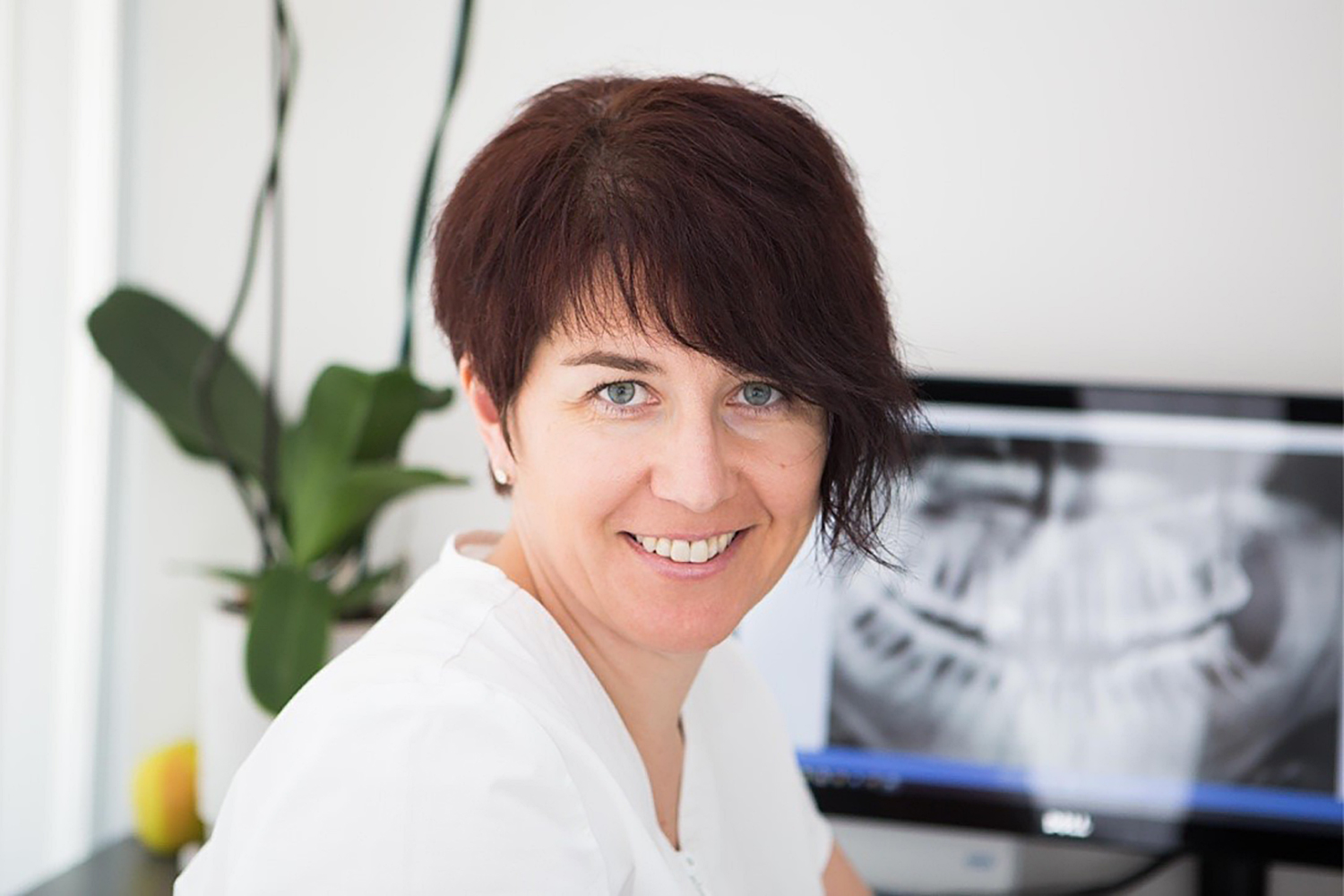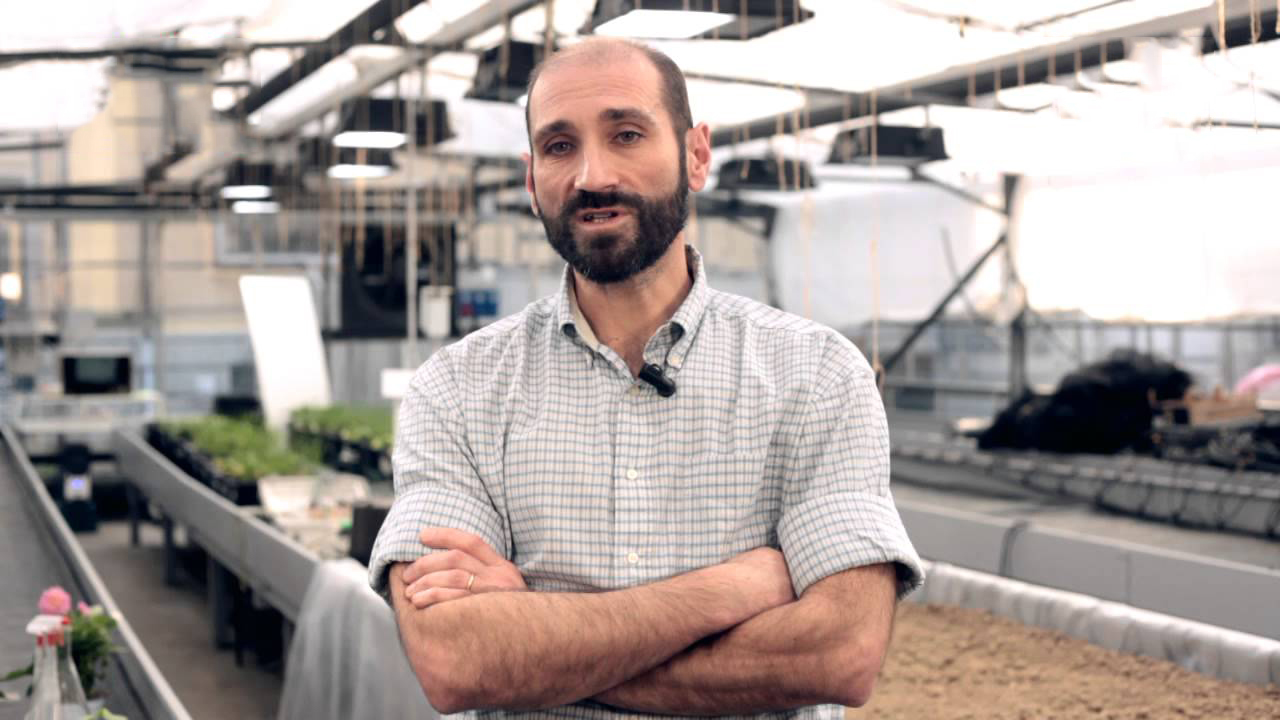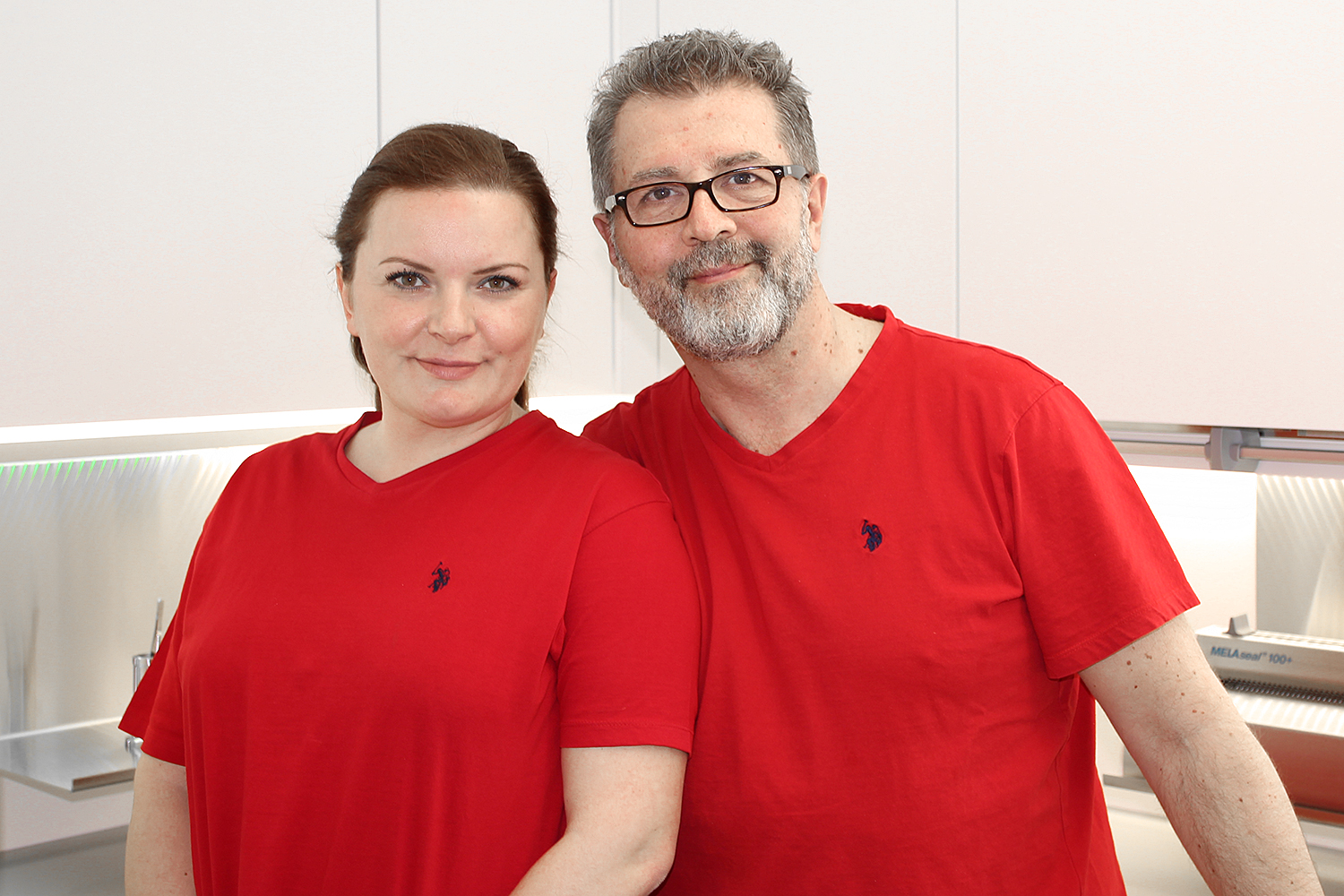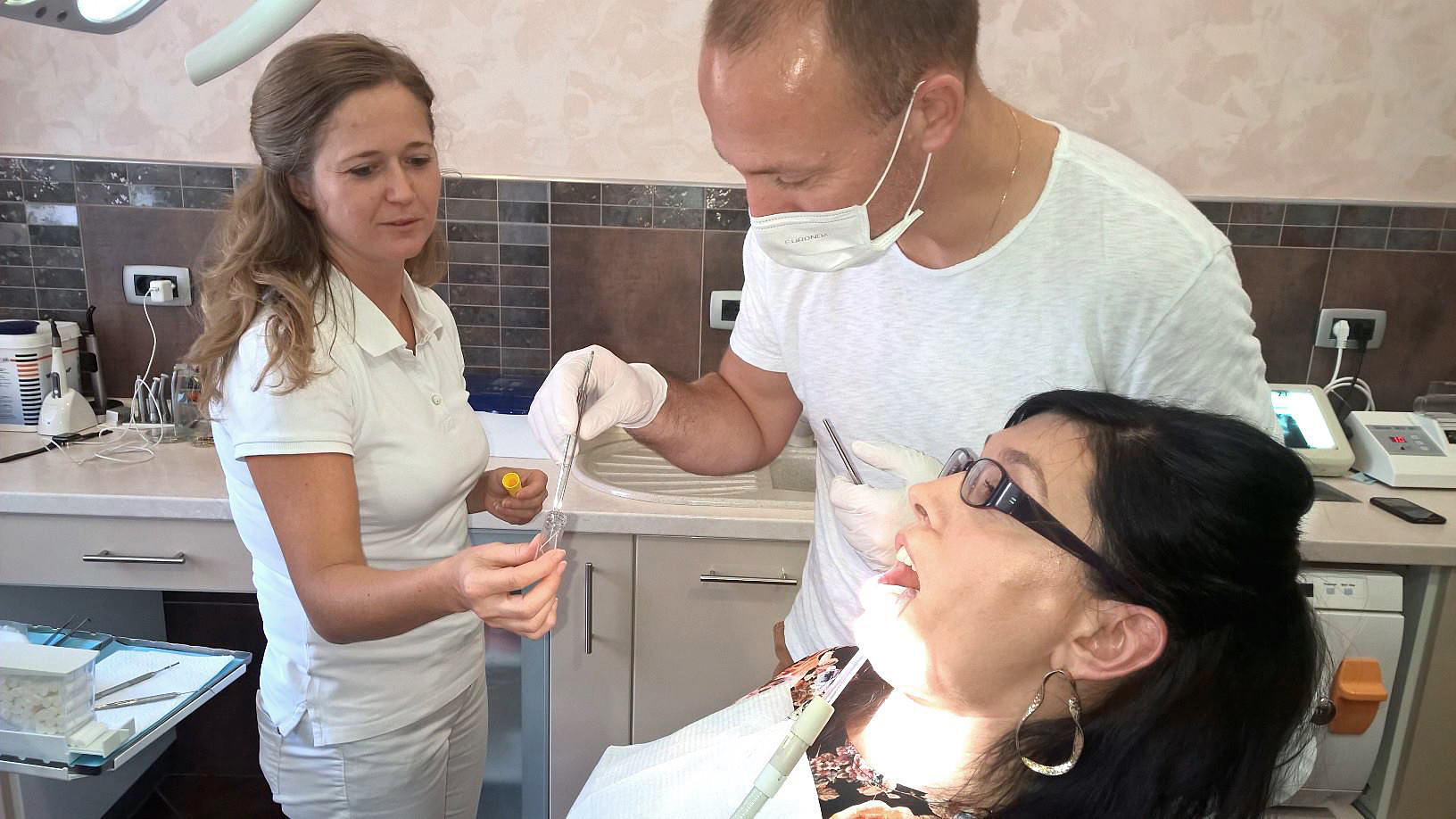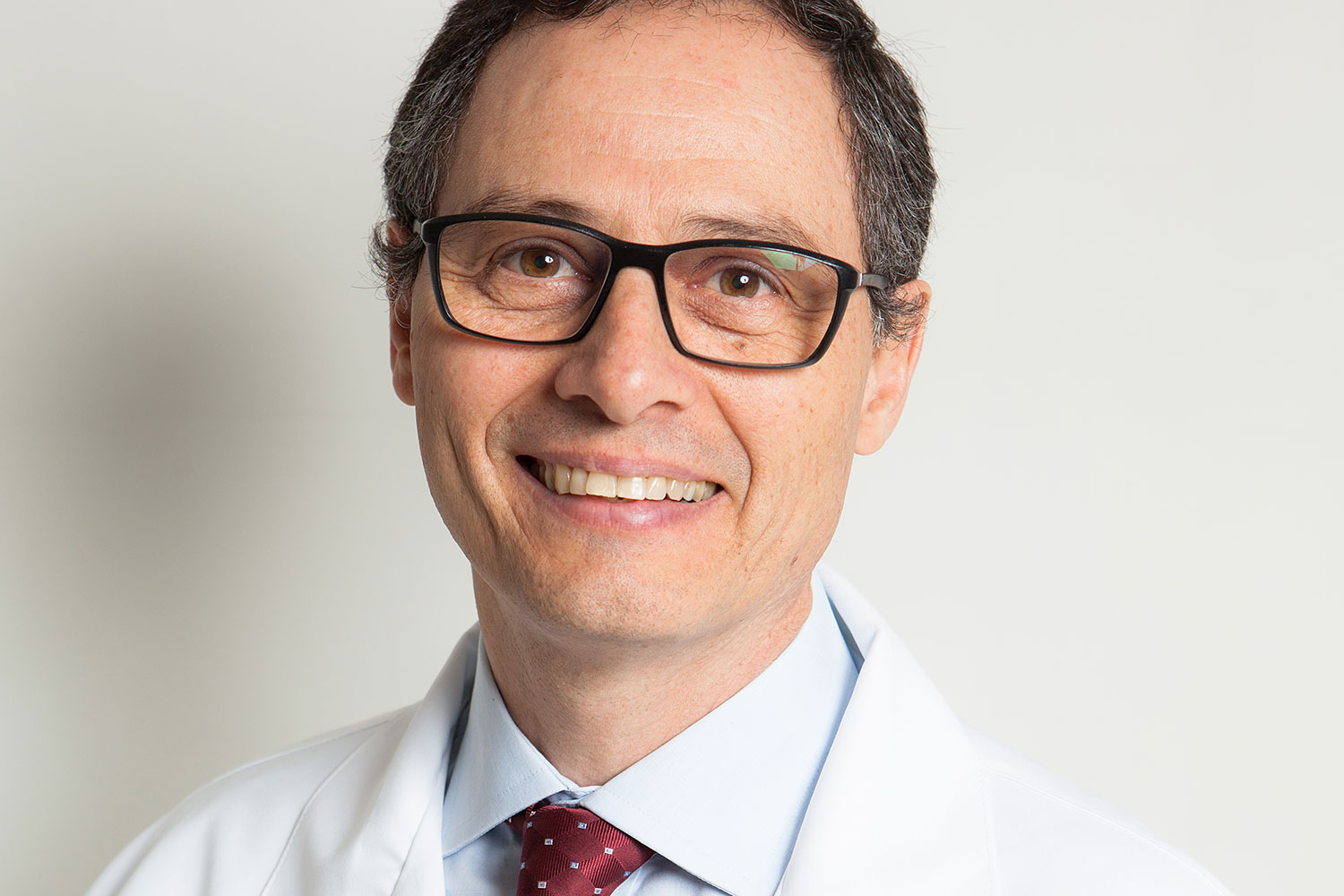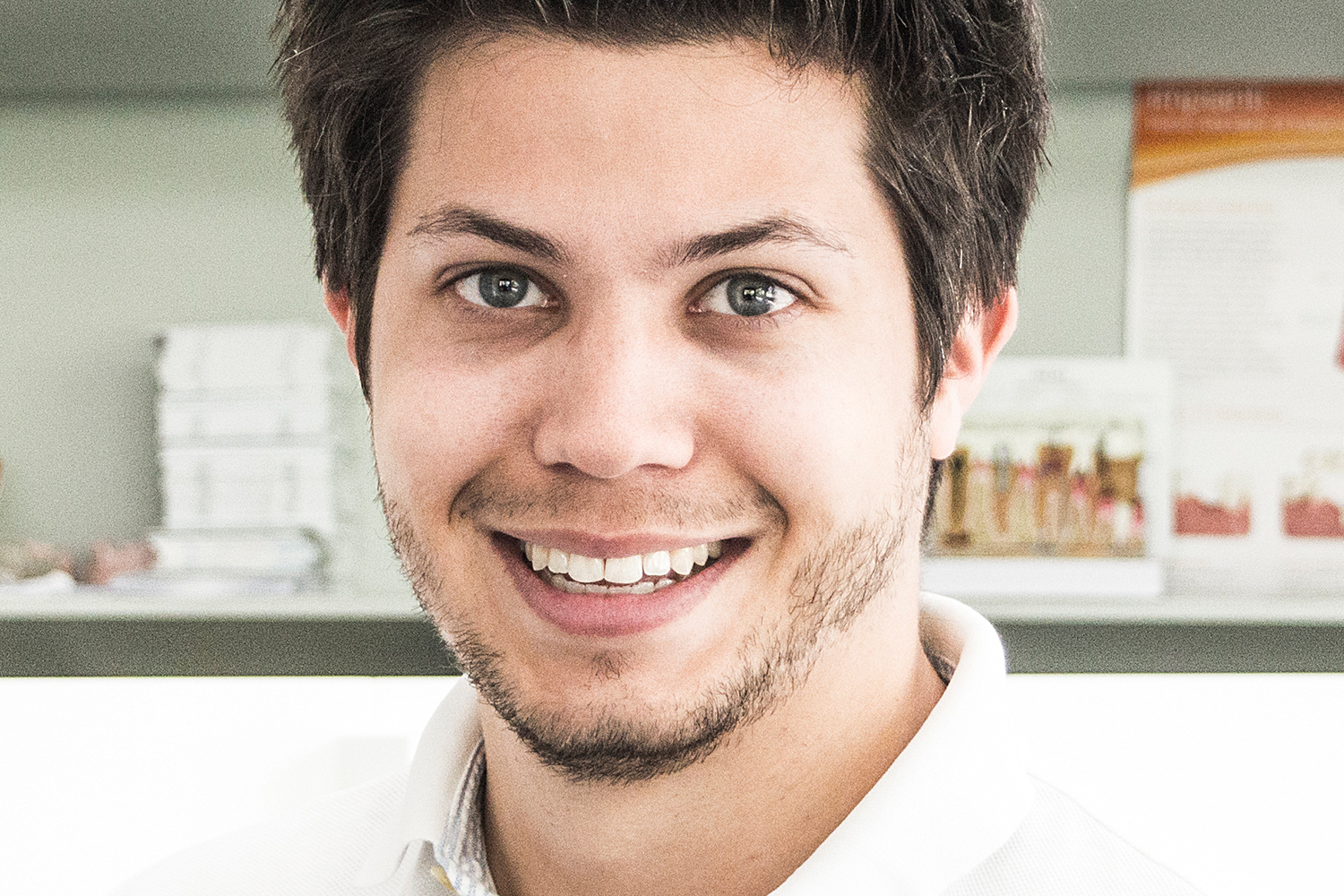With almost 20 years of experience as a periodontist, Dr Jūratė Žekonienė runs her own private practice in the Lithuanian capital of Vilnius. In addition, the mother of three is a lecturer at Vilnius University and serves as President of Lietuvos Periodontologų Draugija [Lithuanian association of periodontics]. In this interview, she talks about the dental situation in Lithuania and perfect brushing as the most decisive factor in periodontal therapy.
Dr Žekonienė, what are the main problems Lithuanian dental professionals are facing?
The situation is challenging. Dental professionals are still confronted with a lot of decay and periodontal problems. About 80 per cent of children have caries, and only 17 per cent of all 6- and 7-year-olds start school with completely healthy teeth. About half of all Lithuanians aged between 35 and 45 have at least one periodontal pocket. Between the ages of 65 and 75, that number reaches 75 per cent, and 11 per cent of people in that same age group are edentulous.
We have two universities training future dentists, and several colleges for dental hygienists. The level of education of Lithuanian dental professionals is high, and all our graduates learn about the latest materials, technologies and procedures, and know how to perform difficult root canal therapies, place dental implants, and so on. I would say our dental professionals are intelligent, well educated and eager to learn—they attend a lot of courses and training sessions, and are able to take part in many interesting meetings and conferences with important international speakers.
It is clear that in Lithuania, as in most countries, the main problem lies with prophylaxis, and we need to do more in this respect. Dental hygienists are recognised dental care professionals; however, although they are allowed to run their own practices, it is still fairly rare that they do so. Dental practices do not employ many dental hygienists, and those that work in a practice usually have to divide their time between working as an actual dental hygienist and working as a dental assistant. Other problems are the socio-economic situation of the country and the fact that the state has not established functioning prophylaxis programmes. We need to put more energy into that, and invest more people, money and efforts in not only solving problems, but also preventing them in the first place.
Chlorhexidine has a number of possible side effects, such as tooth discoloration and altered taste perception. It also tastes unpleasant. Have you had any problems because of this when treating patients?
Yes, but you can guarantee patient compliance by explaining to patients that, although chlorhexidine has a number of possible side effects, they can avoid them by disrupting biofilm and removing plaque by brushing perfectly.
Unpleasant taste is usually not the thing patients complain about. They understand it is something that they have to go through for a while, and generally patients are willing to do that. Interestingly, a lot of smokers hate it, saying they do not want to smoke after rinsing with chlorhexidine. Chlorhexidine stains bother patients more than the taste, but by brushing well to remove plaque and biofilm, they can be avoided.

What is the importance of proper brushing during periodontal treatment?
Correct brushing with the right tools is the most important part of successful periodontal treatment and it is the only guarantee for long-term results, not rinsing, not antibiotics or any other assumed magical cure—the magic happens only if the patient brushes perfectly. If patients do not brush correctly, or if they do not brush interdentally, treatment success is either short-lived or impossible to achieve.
Although this treatment success is difficult to achieve, my task is to show patients how it can be achieved and to make them believe it is possible. When they see the results themselves, their motivation grows and you can start to think about better, longer-term results. Of course, this takes time and cannot be achieved in a single visit. You should be patient and always instruct the patients. Always focus on the positives first, and only then tell the patients how they can improve their brushing. And always, always show them how to do it.
Do you think Perio Plus+, with its improved taste and reduced staining, may help improve patient compliance?
I tried Perio Plus+ for a while with my patients and it seems to be a matter of taste. However, I think taste is a secondary issue when the substance in question is a drug you only use for a limited amount of time.
If chlorhexidine were a substance you use for a long time, I would definitely say taste plays a major role, but when patients present with periodontal issues, they will accept that something tastes unpleasant if they know they are benefiting from it. Staining matters more to patients; it is an aesthetic problem, after all. People prefer to have pink gums, a pink tongue and white teeth—not black and brown. The stains can only occur if the chlorhexidine has plaque to attach itself to, though, and plaque is preventable.
Perio Plus+ contains Citrox, a natural antiseptic. Do you see any potential for natural antiseptics in oral health?
Yes. But, as I mentioned before, I mostly believe in mechanical plaque control. Any effective product which achieves this with minimal side effects would be an advantage in therapy.

